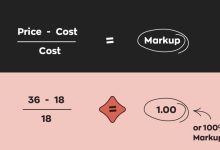Many years ago, I used to think that buying Putian sneakers or carrying Guangzhou-made bags was something to be done in secret. In our old mindset, wearing “fake Air Jordans” or carrying a “replica LV” was deeply embarrassing — either you were “poor but showing off,” or your vanity was getting the better of you. This perception persisted for many years of my entrepreneurial journey, until before the pandemic in 2019, when I saw a large number of people wearing non-official Air Jordans on Wall Street in the U.S., and my thinking began to change.
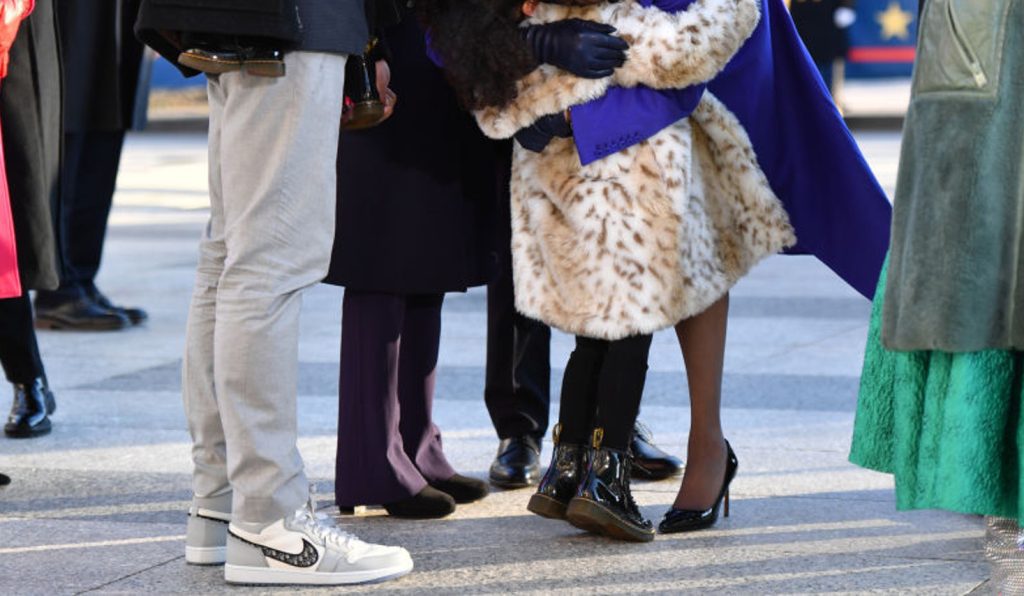
Having worked in this industry for over a decade, I know these products intimately. Their texture, their look, feels so familiar that I could instantly tell a pair is made in Putian. Likewise, in many Southeast Asian countries, entire streets of Putian sneakers are commonplace.
In the U.S., whether in affluent neighborhoods or poorer areas, Guangzhou products are ubiquitous. People wear, carry, and flaunt them openly — some even going out fully decked in LV from head to toe.

Do you think wealthy women sneer at these products? Do you think the rich in upscale neighborhoods disdain them? No! That’s just our own perception. In reality, both the poor and the wealthy buy replicas in large quantities. The less affluent buy rougher versions; the wealthy buy high-quality replicas — simply to save money. It’s really that straightforward.
This enthusiasm hasn’t waned; it has spread to most poor and underdeveloped countries. Today, open TikTok and check the e-commerce comment sections in Latin America, the Middle East, Africa, or Southeast Asia, and you’ll see a very different picture:
“Looks exactly like the original and costs ten times less — who wouldn’t love it?”
“It looks the same, feels comfortable — who cares if it’s real?”
This is neither deception nor misleading — it’s a consumer choice, a cultural shift rooted in value-confidence.

Replicas are increasingly seen as a form of “affordable dignity”, even becoming part of popular culture.
Simply to Save Money
In the past, if you wore fake Air Jordans made in Putian or carried a Guangzhou-style LV-patterned bag, people around you might have thought you were “faking it” or vain — maybe even looked down on you. Today, however, the combination of high quality and low price has become a rational choice.
Especially on platforms like TikTok and Instagram, many replica products look almost identical to the originals — materials, craftsmanship, and even packaging are meticulously imitated. Consumers realize that for only one-tenth of the price, they can enjoy over 90% of the original appearance and experience.
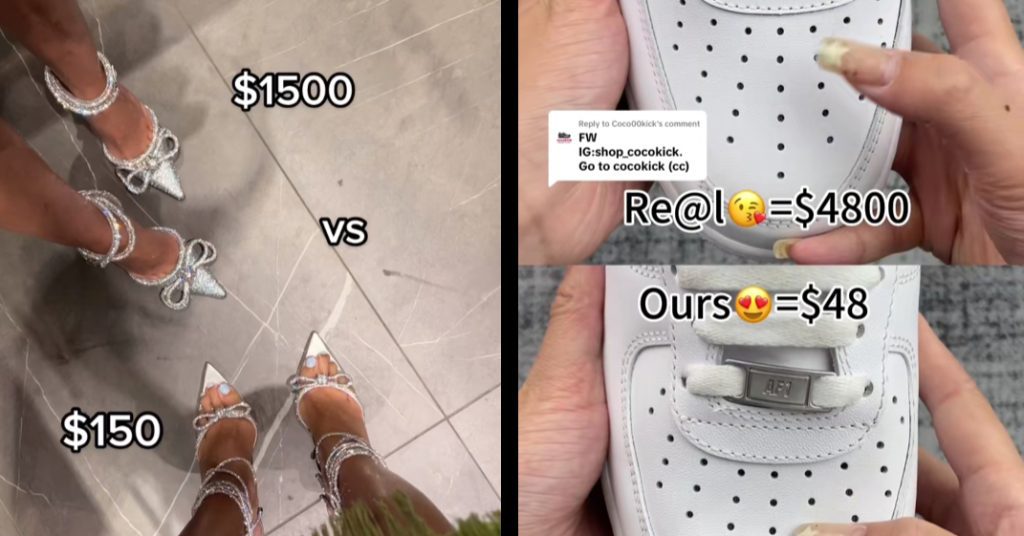
In countries like Nigeria, Mexico, and the Philippines, a pair of sneakers that originally costs $200 might equal half a month or even a full month’s wages for an average worker. But if they can get a pair of Putian sneakers for $20 that “looks the same,” why would they buy the official version? Why pay the huge brand premium?
“It’s not that we can’t afford it, it’s that it’s unnecessary. Nobody will even notice; we still save money.”
This is the essence of “affordable dignity” — it’s not about chasing fakes, but balancing cost-effectiveness and social respectability.
This enthusiasm for replicas crosses national boundaries. Even wealthy Chinese students abroad embrace it without hesitation. A stylish woman driving a luxury sports car might carry a top-tier Guangzhou replica bag, and you wouldn’t be able to tell whether it’s real or not.

Rich kids and young elites in many countries also buy — and keep buying — simply to save money.
For Those Who Know
The rise of TikTok, Instagram, and Facebook has turned visual consumption into a social currency. On these platforms, what you wear and carry matters more than what you say or write.
But not everyone can afford limited-edition or collaboration pieces. That’s where replicas become a low-cost ticket to status and style.
Influencers on TikTok might say things like:
“Don’t ask what brand it is, just look at the picture.”
“You know what I mean — everyone who’s in the know can tell who designed this.”
This “for those who know” approach creates a tacit understanding: everyone knows it’s not genuine, but it looks good, works fine, and carries social prestige. Platform algorithms further promote similar content, drawing more people into this fashion-forward circle.
Phrases often used to entice buyers include:
-
you get it
-
looks just like it
-
this design, you know
-
don’t ask what’s the brand
-
I’ve gotta own one
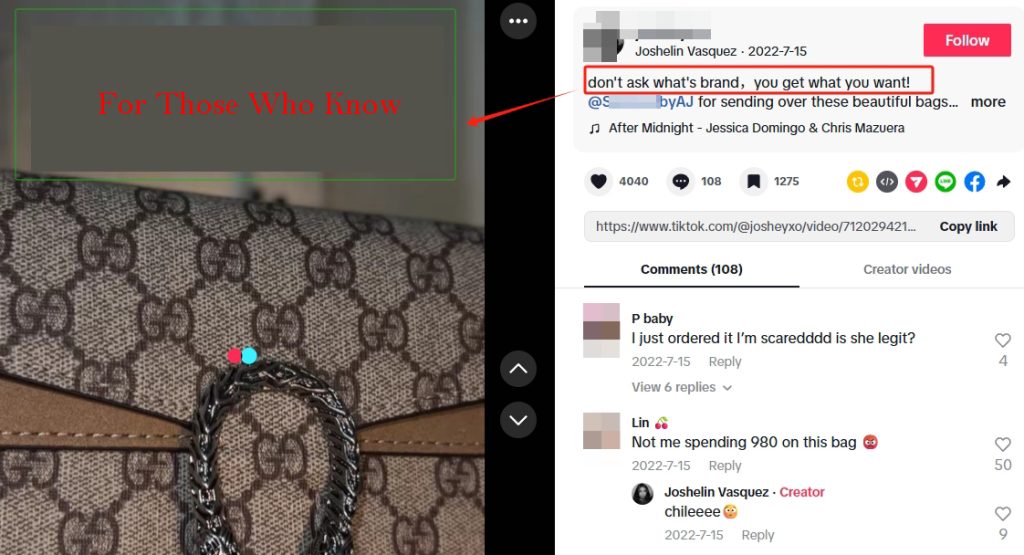
These subtle, coded expressions appear in livestreams, posts, and comments, guiding users toward a purchase without explicitly naming the brand.
Meanwhile, some of cross-border replica sellers have also become highly creative in navigating platform algorithms, each finding their own clever workaround.
Why They Keep Coming Back?
Official statements often call for strict crackdowns, zero tolerance, and shame on buying replicas, but in reality, the situation is quite different. Young people in developing countries are the largest users of replica products. As a result, nearly every country has seen a persistent market of “for those who know” — a tacit understanding of affordable dignity.
Several key factors explain why this phenomenon continues:
1). Large Income and Consumption Gap
Take Argentina as an example: the average monthly salary is less than $300, while a pair of official Nike shoes costs over $120. For them, the original is a luxury item, whereas a replica costing $20 provides visual freedom.
2). High Brand Recognition but Low Willingness to Pay
Many developing countries highly admire Western brands — they are stylish, prestigious, and desirable — but economic constraints prevent consumers from paying the full premium. Replicas become a key to connecting with global trends at an affordable price.
3). Weak Regulation and High Market Acceptance
In many regions, laws against replicas are lax, and consumers often do not view buying fakes as wrong. This creates a favorable environment for the replica market to thrive.
4). Rapid Social Media Spread and Content Influence
Platforms like TikTok are growing rapidly in Africa, Southeast Asia, and Latin America. Fashion and style content is extremely popular, fueling desires like “I want to look good” and “I want to be stylish”, which indirectly drives replica demand.
As I have mentioned in previous articles:
-
Replica Cross-Border e-Commerce on the Rise in South American Markets
-
Replica Cross-Border e-Commerce: the Golden Africa is Rising
-
Europe Has Become One of the Main Battlefields for Replica Cross-Border e-Commerce
- Australia: the Grey Blue Ocean for Replica Cross-Border Own E-Commerce Websites
Its Existence is Justified
Today, when we stand on the moral high ground and criticize the replica industry, we may overlook the complex cultural and economic realities behind it.
For some, replicas are simply dishonest market behavior.
For others, they represent a practical way forward.
On a broader scale, replicas are a “harmonizing product” of global consumption inequality.
As the saying goes, “each side has its own reason; wisdom lies in perspective.”
We may hope for a world where everyone can afford authentic products, but until that day comes, the existence of replicas serves as a substitute for dignity.
It is not merely “fake goods”; it is a pragmatic response to real-world constraints.
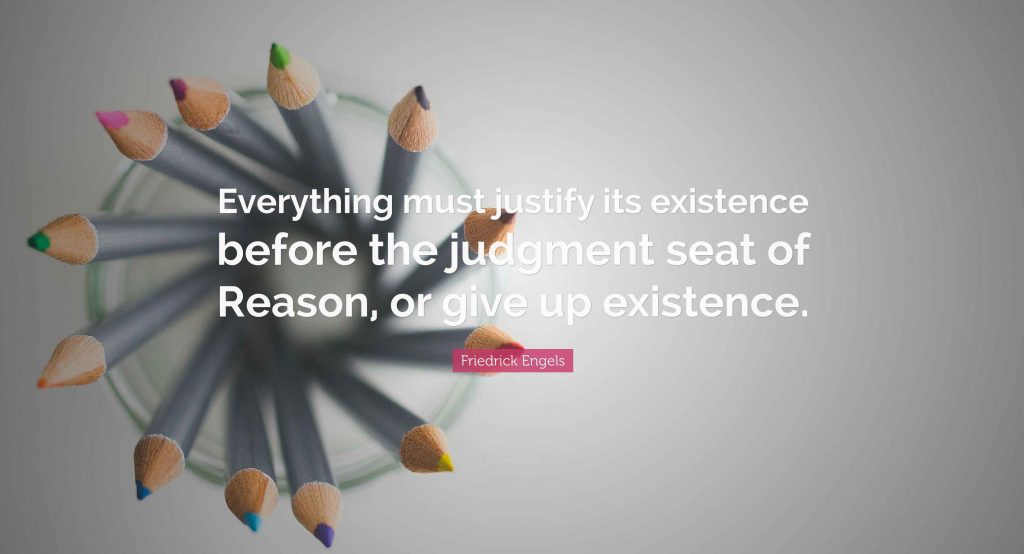
Replicas are not a long-term solution, nor an ideal one, but they honestly reflect the complexities and disparities of the world.
 Custom E-commerce Solutions for High-Quality Designer-Inspired Fashion Replicas | Website Development, Dropshipping, Payment Integration for PayPal and Stripe, Ad Cloaking Services
Custom E-commerce Solutions for High-Quality Designer-Inspired Fashion Replicas | Website Development, Dropshipping, Payment Integration for PayPal and Stripe, Ad Cloaking Services





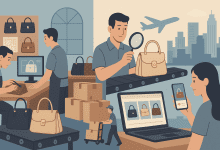
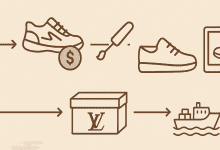















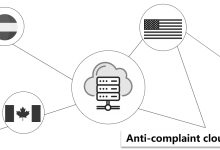




![5 Best WordPress Themes for Replica Product International Trade Websites [Recommended]-Custom E-commerce Solutions for High-Quality Designer-Inspired Fashion Replicas | Website Development, Dropshipping, Payment Integration for PayPal and Stripe, Ad Cloaking Services](https://replicasmaster.com/wp-content/uploads/2025/06/1-1-220x150.jpg)
